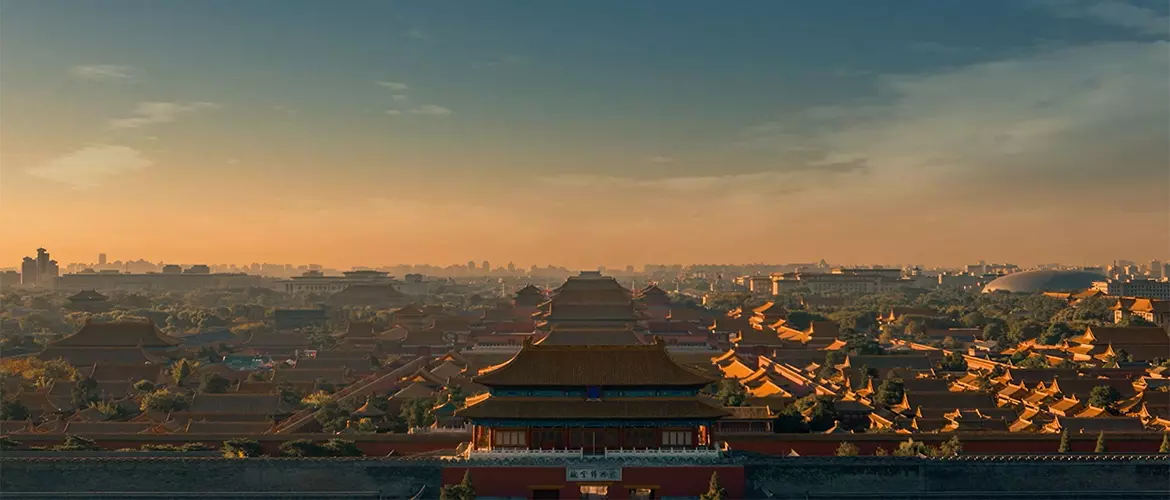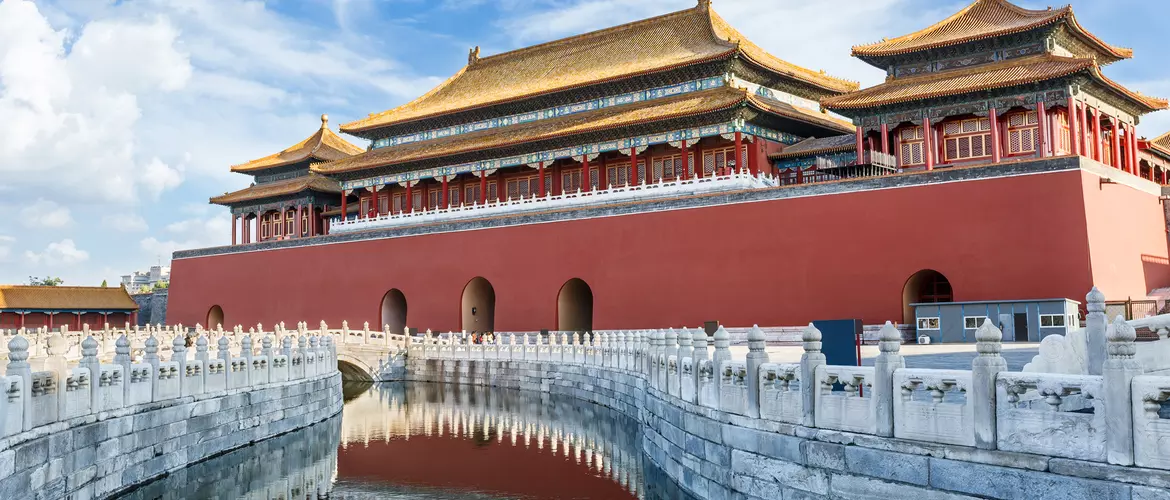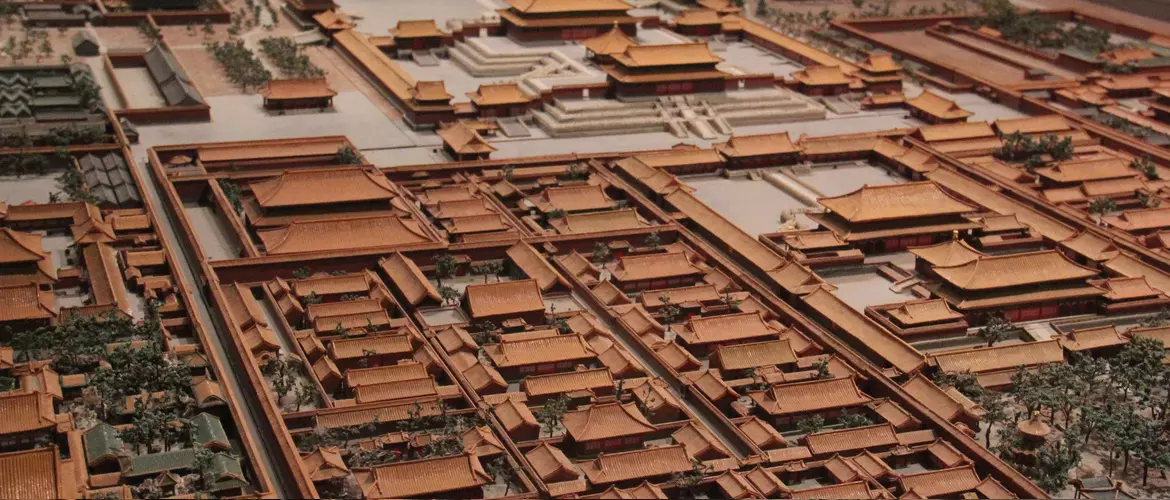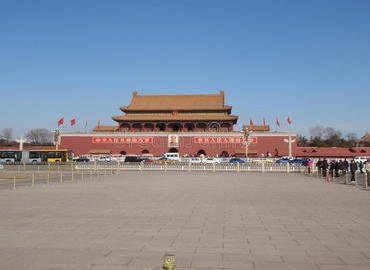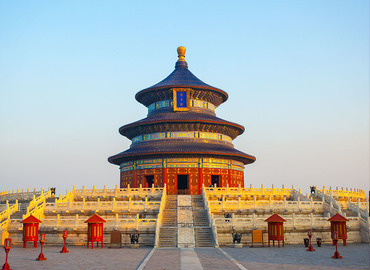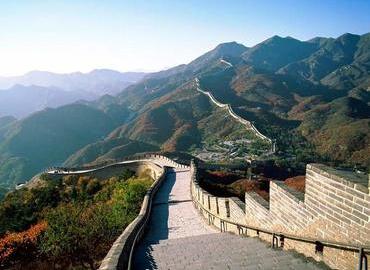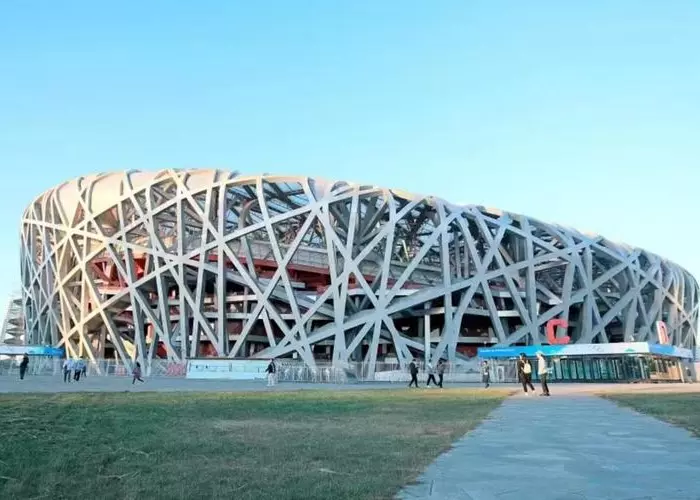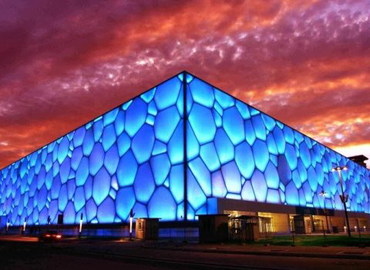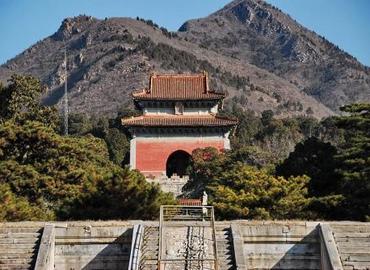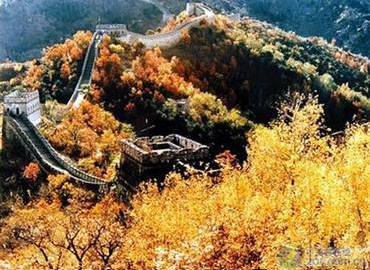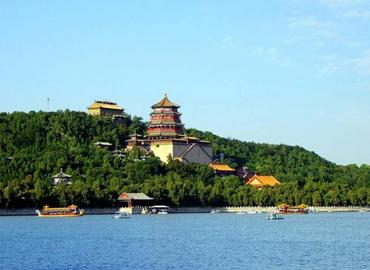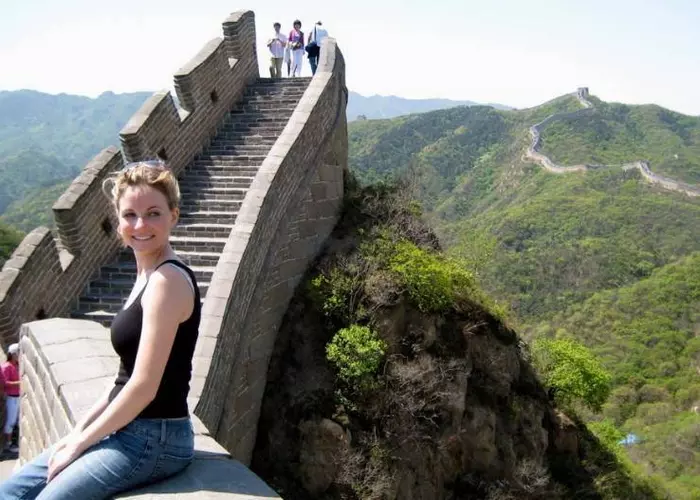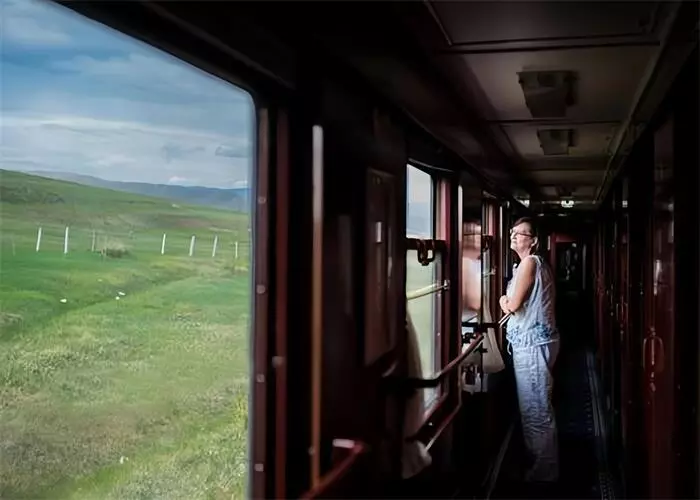Situated in the very heart of Beijing, Forbidden City was the home to 24 emperors of the Ming (1368–1644) and Qing (1644–1911) Dynasties. The construction of the grand palace started in the fourth year of Emperor Yongle of the Ming Dynasty (1406) and ended in 1420. It is the architectural essence of ancient Chinese palaces.
In ancient times, the emperor was said to be a son of Heaven as his supreme power was bestowed by heaven. The emperors’ residence on earth was built as a replica of the Purple Palace where God was thought to live in Heaven.
It is also famous as the Palace Museum and 故宫 for the Chinese people and many tourists abroad. It took 14 years to build it for the first time during the reign of Emperor Chengzu in the Ming Dynasty (1368-1644). Ancient Chinese Astronomers believed that the Heavenly Emperor lived in the Purple Palace because the Purple Star (Polaris) was regarded as the center of heaven. As a result, the Palace of the Emperor in it was called the Purple City. It was forbidden for ordinary people to enter without the special permission of the emperor. That’s why it was named 'The Forbidden City' which is short for 'The Purple Forbidden City'.
Now known as the Palace Museum, it is to the north of Tiananmen Square. It is the largest and complex rectangular in the world, covering an area of 720,000 square meters, of which the building area is 150,000 square meters. There are more than 70 large and small palaces in the whole city. It is no exaggeration to say that there are thousands of houses alone.
There are a total of 9,999 and a half rooms of various types in the Forbidden City surrounded by a 52-meter-wide moat and a 10-meter-high wall. The wall has a gate on each side. The distance between the south Meridian Gate (Wumen) and the North Gate of Divine Prowess (Shenwumen) is 961 meters (1,051 yards), while the distance between the east and west gates is 753 meters (823 yards). What’s more, there are distinctive and well-structured towers on the curtain wall of the four corners. They offer views from inside and outside the palace.
The Forbidden City is not only a representative of ancient Chinese royal architecture but also a representative of Chinese culture. It embodies the rich connotation and profound heritage of Chinese traditional culture. At the same time, the Forbidden City is also one of the world's cultural heritage. The Forbidden City currently has comprehensive exhibitions in some palaces and has a collection of 1.05 million art treasures, accounting for 1/6 of the total number of cultural relics in China. It is the museum with the richest collection of cultural relics in China and a world-famous museum of ancient culture and art.
Beijing - Xi'an - Lhasa
A memorable Beijing to Lhasa train trip, blending history, culture, and breathtaking landscapes.
Beijing-Chengdu-Emei-Chengdu-Lhasa
Visit Beijing's essences as well as the highlights of Chengdu and Lhasa to discover the culture and traditional beauty.
Lhasa - Tsedang - Lhasa - Beijing - Ulaanbaatar
Discover Tibet Beijing Mongolia and admire different landscapes. Explore the ancient cultures and prosperous features.
Email response within 0.5~24 hours.


